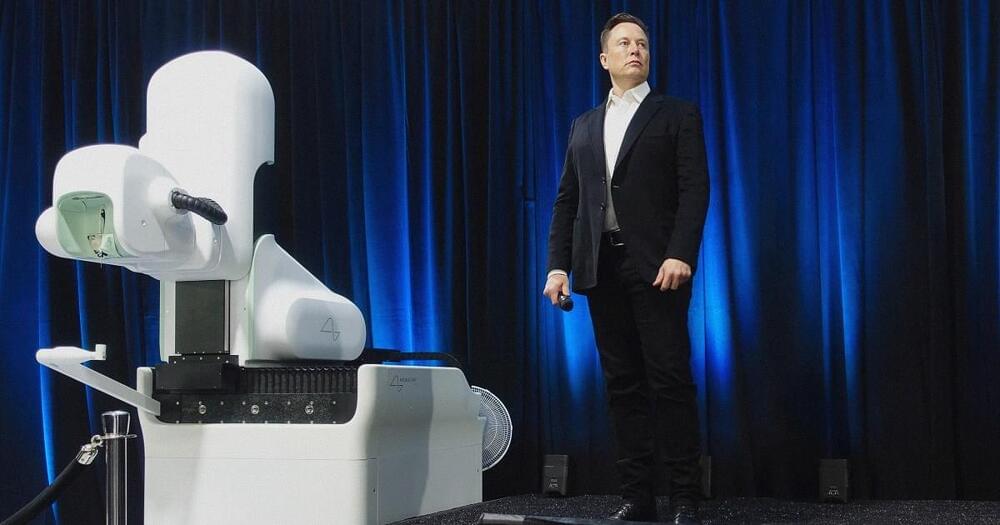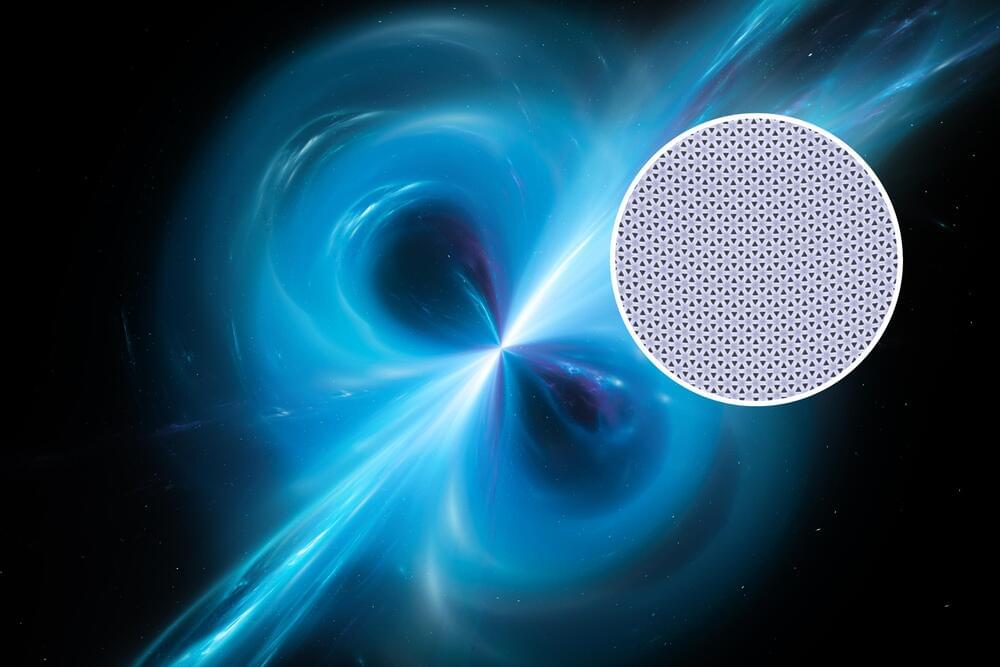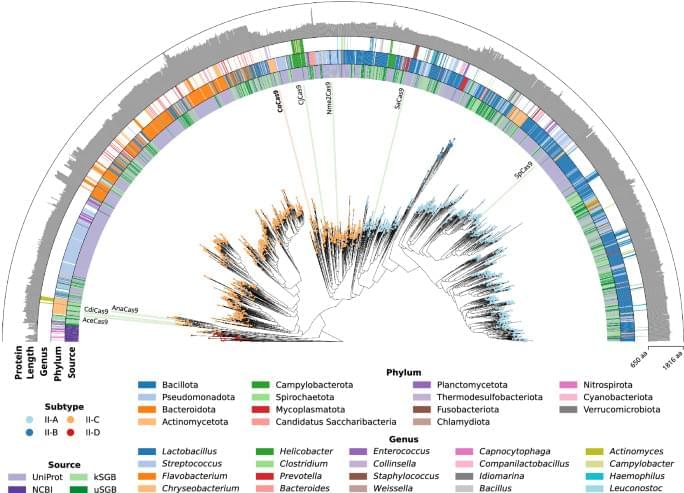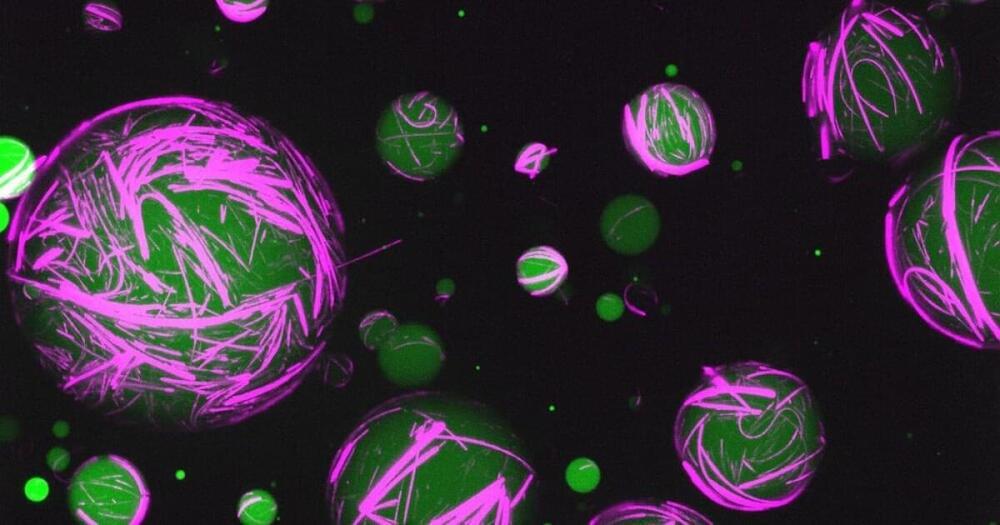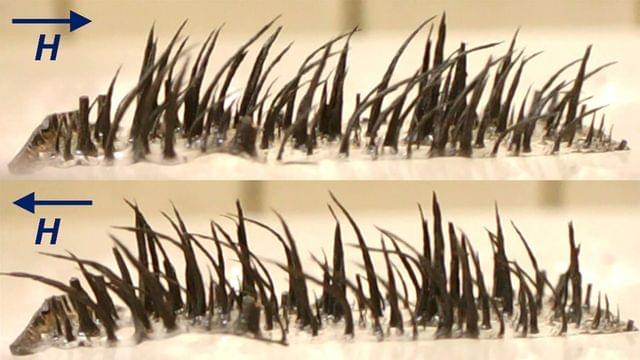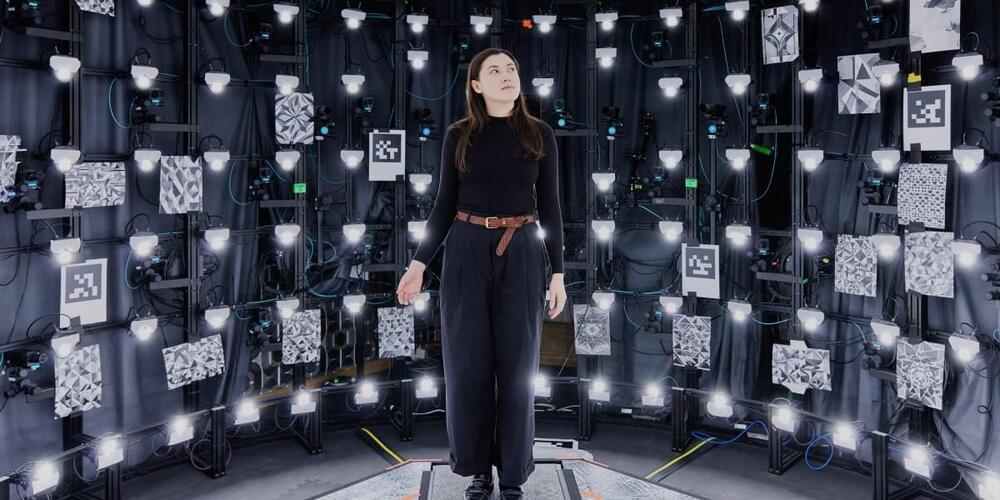Apr 26, 2024
Evolutionary biologists show that the color variants of female cuckoos are based on ancient mutations
Posted by Dan Breeden in category: genetics
Every cuckoo is an adopted child—raised by foster parents, into whose nest the cuckoo mother smuggled her egg. The cuckoo mother is aided in this subterfuge by her resemblance to a bird of prey. There are two variants of female cuckoos: a gray morph that looks like a sparrowhawk, and a rufous morph. Male cuckoos are always gray.
“With this mimicry, the bird imitates dangerous predators of the host birds, so that they keep their distance instead of attacking,” says Professor Jochen Wolf from LMU Munich.
Together with researchers at CIBIO (Centro de Investigação em Biodiversidade e Recursos Genéticos, Portugal), the evolutionary biologist has investigated the genetic foundations of the variant coloring, which is limited to females and emerged over the long evolutionary arms race between host and cuckoo. The research is published in the journal Science Advances.


